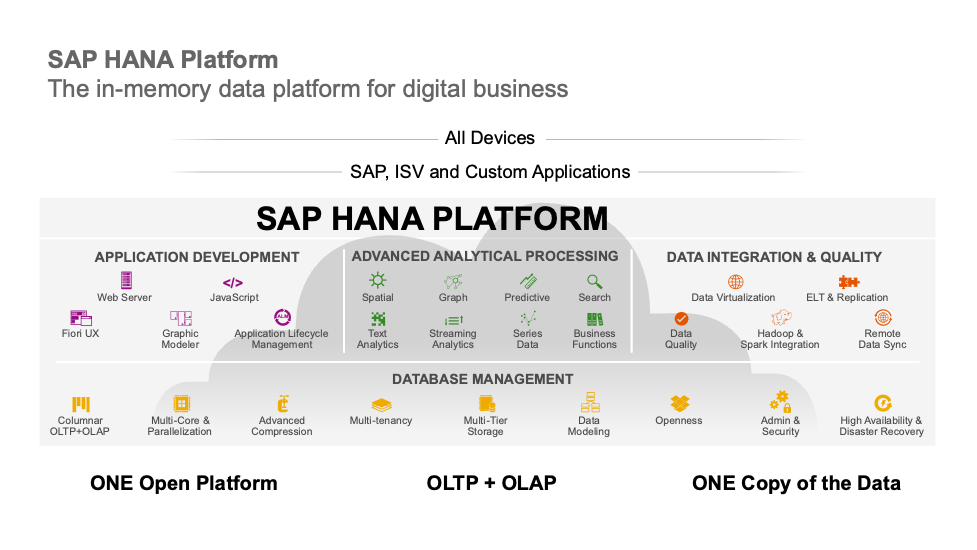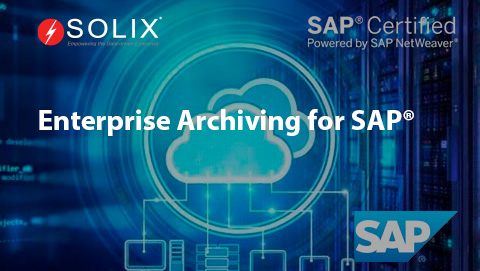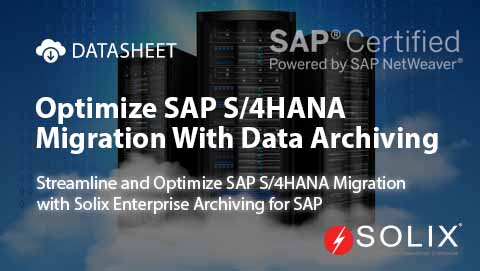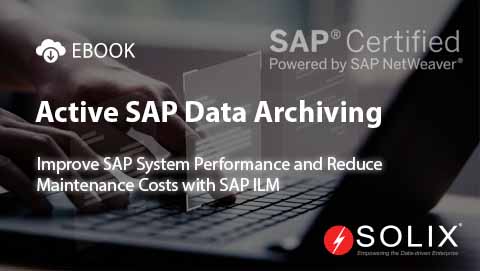SAP’s Move Program to SAP S/4HANA
SAP has announced that the “sunset” date for its legacy ERP systems, including ECC, is set for 2027. This indicates that mainstream maintenance and support for these older versions will cease by that time (mainstream maintenance for SAP ERP 6.0 will end on December 31, 2025). The primary reason for the sunset is to encourage businesses to transition to SAP’s newer cloud-based SAP S/4HANA system.
The “SAP’s Move Program”, scheduled for 2025, is an initiative aimed at facilitating the transition of enterprises from legacy SAP ERP systems to SAP’s cloud-based ERP solution. This program is designed to assist organizations in streamlining their operations, enhancing efficiency, and fostering innovation.
Program Objectives
- Resource Optimization: The Ambition 2025 initiative by SAP seeks to optimize resources while driving financial growth.
- Efficiency Enhancement: The SAP S/4HANA system from SAP is specifically engineered to aid businesses in simplifying their operations and boosting overall efficiency.
- Innovation Promotion: SAP S/4HANA system leverages artificial intelligence and predictive analytics to empower businesses in making more informed decisions.
SAP HANA Background
SAP HANA (High-performance Analytic Appliance) is an in-memory database (IMDB) that primarily stores data in the main memory (RAM), with the option to utilize solid-state drives (SSD) or traditional disk drives. While many contemporary databases have incorporated in-memory features, they still fundamentally rely on disk-based storage. In contrast, SAP HANA was specifically designed to prioritize in-memory data processing, utilizing alternative storage solutions as needed to optimize both performance and cost. The speed of data retrieval from memory significantly surpasses that from disk or SSD, leading to instantaneous response times.
In-memory databases are especially advantageous for applications that require rapid processing and the ability to handle significant increases in traffic, such as those found in telecommunications and banking sectors. In the last 15 years, improvements in multi-core processors and the declining prices of RAM have prompted organizations to implement in-memory databases across a wider range of applications, including real-time analytics, predictive modeling, customer experience management, logistics, and more.
SAP HANA operates as a multi-model database, allowing for data storage in memory, solid-state drives (SSD), or traditional disks, rather than being limited to conventional disk storage. Its column-oriented in-memory design supports the execution of sophisticated analytics (OLAP) alongside rapid transaction processing (OLTP) within a unified system. This functionality empowers organizations to handle large volumes of data with minimal delay, enabling instant data queries and promoting a genuinely data-driven environment. By utilizing column-based tables in main memory and merging OLAP with OLTP, SAP SAP HANA sets itself apart as significantly more efficient than other database management systems (DBMS) currently available.
SAP HANA Differentiators High Level
- ACID compliant: Is a set of principles that ensure database transactions are processed reliably.
- Atomicity: The entire database transaction is reliable, not just one part
- Consistency: All data follows the correct data validation rules
- Isolation: Multiple transactions can be processed simultaneously without affecting other transactions
- Durability: Data is saved after a transaction is completed, even if there’s a system failure
- High speed transactions support: SAP HANA can handle a large volume of transactions quickly with near zero delay, often measured in terms of “transactions per second” (TPS) – a key metric for assessing the efficiency and scalability of a system like a payment network or blockchain.
- Aggregations on fly: That’s the process of calculating summary statistics (like averages, sums, counts) directly from a database without pre-aggregating the data beforehand, meaning the calculations are performed in real-time as the query is executed, allowing for dynamic analysis based on the current data set and filtering criteria.
- No indexes for fast access: SAP HANA access data quickly without relying on traditional indexes because of the share speed of in-memory processing combined with multi-core speed.
- Process compressed data: Which is the ability to compress data as it is being generated or received, allowing for immediate analysis and manipulation of the information without significant delay, essentially reducing the data size “on-the-fly” while still maintaining the ability to access and utilize the data in real-time.
- Optimized for multi-core parallel processing: where multiple “cores” (independent processing units) simultaneously executes different parts of a single task, essentially allowing the computer to perform multiple calculations at once.
- Single Instruction, Multiple Data (SIMD) processing support: the same processor operation works on multiple data blocks simultaneously. New workload class to provide more granular controls.
- NUMA (Non-uniform memory access) optimization: which allows multiple processors to share memory to enable support for very large (20TB+) nodes (CPU/Memory).
- Schema flexibility: Add OLAP columns on the fly for faster analytics.
SAP HANA Advance Analytics Processing
- Location intelligence for business data
- Capability to analyze sentiments and summarize, classify and investigate text content
- Search across structured and unstructured data
- Persistence, manipulation and analysis of network relationships and graphs without data duplication
- Prepackaged predictive algorithms that operate on current data
- Interactive planning without moving data to application server
- Data cleansing of locally generated and imported data without post processing
- Built in rule engine and business functions to accelerate application development
SAP HANA Architecture
SAP S/4HANA
SAP S/4HANA is the preferred solution for the real-time management and analysis of business data across various industries. Its key benefits encompass the integration of data from diverse sectors, including finance, human resources, and supply chain management, the unification of business processes, real-time data analysis through machine learning, and the provision of a comprehensive overview of a company’s operations.
Additional advantages include superior reporting capabilities, an improved user experience, heightened productivity, increased agility and innovation, as well as accelerated data processing.
SAP S/4HANA New Design
The implementation of SAP Fiori UX within SAP S/4HANA represents a pivotal shift in SAP’s strategy regarding user experience. The era of cumbersome and difficult-to-navigate interfaces has ended. Fiori provides a streamlined, user-friendly, and customized experience that significantly enhances usability and operational efficiency. This contemporary methodology transcends mere visual appeal; it is essential in making security policies more user-friendly and comprehensible, thus minimizing the likelihood of errors.
Realtime analytics in SAP S/4HANA
The sophisticated processing capabilities of SAP S/4HANA distinguish it within the field of enterprise resource planning. Its proficiency in executing intricate computations and analytics in real time equips businesses with insights that were once out of reach. This feature is especially advantageous for security teams that depend on real-time data to detect and address cybersecurity threats.
In addition, the incorporation of advanced analytics within SAP S/4HANA enhances risk management and facilitates the establishment of quantitative benchmarks for security metrics. For organizations aiming to enhance their security protocols, the processing strength of SAP S/4HANA can be revolutionary.
How SAP S/4HANA works
SAP HANA is a multi-model database that supports both Online Analytical Processing (OLAP) and Online Transaction Processing (OLTP) by storing data in memory. It facilitates advanced analytics and high-speed transactions within a unified system. Additionally, it offers seamless integration with various SAP solutions, including SAP SuccessFactors, Ariba, and others.
Solix Technologies Advantage
Reducing the volume of data processed within SAP HANA will lead to lower infrastructure expenses, enhanced performance of SAP HANA, and an overall improvement in the Total Cost of Ownership. Solutions provided by Solix Technologies will effectively justify their investment within a brief period.






